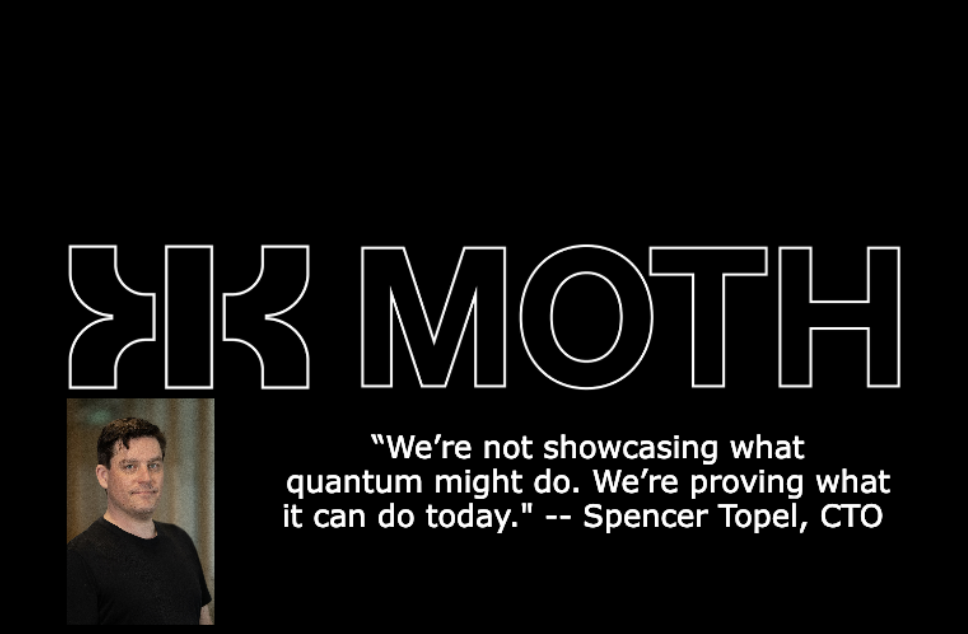“The search for knowledge is not nourished by certainty: it is nourished by a radical absence of certainty.”
― Carlo Rovelli, Helgoland
In Helgoland, Carlo Rovelli paints the picture of a 23-year-old Werner Heisenberg, seeking both refuge and revelation in the shadows of the barren cliffs of Helgoland, a windy, remote island battered by the North Sea. It was here, in 1925, that Heisenberg chased a question that had eluded even the greatest physicists of his time: what truly governed the strange, flickering, dancing behavior of the quantum atom?
For days, Heisenberg wrestled with the mathematics of electron orbits — why only certain paths, why only precise leaps between them? The existing equations failed him, offering only contradictions and dead ends. But instead of surrendering to uncertainty, he embraced it. Heisenberg had the audacity to discard what could not be measured, to strip physics down to the observable — focusing solely on the light emitted when electrons jumped. It was a bold and unsettling move, one that, according to Rovelli, left him dizzy and unable to sleep. Yet in that act of fearless curiosity, he discovered the first coherent framework of quantum mechanics.
This was not just a moment of insight; it was an act of intellectual bravery. Heisenberg, like so many quantum pioneers, ventured beyond the limits of intuition, refusing to let the paradoxes of nature deter him. From this lonely island in the North Sea, quantum physics took its first definitive shape — not through certainty, but through the courage to ask new questions and the curiosity to follow them wherever they led.

It was one of the defining moments in the history of science. And, as we will see, it was not the beginning of our quantum journey, nor will it be the end. In this article, in celebration of the International Year of Quantum Science and Technology, we examine ten key events in the history — one forged step by step through scientific curiosity and academic courage — of quantum science.
1. The Ultraviolet Catastrophe and Planck’s Solution (1900)
Scientists had wrapped up most of sticky problems of physics by the turn of the century, but were hung up on one thing — blackbody radiation. This refers to the electromagnetic radiation emitted by an object that absorbs and emits all frequencies of radiation perfectly. Classical physics predicted that energy emission should increase infinitely at shorter wavelengths — the ultraviolet catastrophe, which did not match experimental results. To resolve this, Max Planck proposed in 1900 that energy is not emitted continuously but in discrete packets, or quanta, with energy proportional to frequency. This revolutionary idea laid the foundation for quantum mechanics, introducing the concept that energy levels in nature are quantized rather than continuous.
2. Einstein’s Photoelectric Effect and Wave-Particle Duality (1905)
Albert Einstein extended Planck’s ideas, showing that light itself is quantized. His explanation of the photoelectric effect, where light ejects electrons from a metal surface, led to the concept of photons and earned him the 1921 Nobel Prize in Physics.
3. Bohr’s Quantum Model of the Atom (1913)
Niels Bohr introduced a quantized model of the hydrogen atom, where electrons orbit at specific energy levels. This solved the puzzle of atomic spectra and reinforced the necessity of quantization in atomic physics.
His 1913 model successfully explained why atoms emit light at specific wavelengths, aligning with experimental observations of spectral lines. Later developments ing quantum mechanics replaced Bohr’s orbits with probabilistic electron clouds. However, the core idea of quantization remained fundamental to atomic theory.
4. The Birth of Quantum Mechanics: Heisenberg and Schrödinger (1925–1926)
Werner Heisenberg formulated matrix mechanics, a method that described quantum systems using arrays of numbers to represent observable properties like energy and position. Around the same time, Erwin Schrödinger developed wave mechanics, introducing a differential equation that treated particles as wave-like entities with probabilities rather than definite paths.
Although their approaches seemed different, they were later proven to be mathematically equivalent, forming the foundation of quantum mechanics. This new framework replaced classical determinism with a probabilistic view of nature, fundamentally altering our understanding of atomic and subatomic behavior and paving the way for modern quantum physics.
5. The Heisenberg Uncertainty Principle (1927)
In 1927, Heisenberg formulated the uncertainty principle, stating that certain pairs of variables, such as position and momentum, cannot be precisely known at the same time. This brought on the idea of fundamental limits on measurement. The principle also challenged classical notions of determinism, reinforcing the idea that quantum mechanics describes probabilities rather than definite outcomes. It also played a crucial role in the Bohr-Heisenberg debate on quantum interpretation, shaping the Copenhagen interpretation, which held that physical properties do not exist independently of observation. This was an intense shift in thinking for science.
6. Dirac’s Relativistic Quantum Mechanics and Antimatter Prediction (1928)
Paul Dirac formulated a relativistic wave equation for electrons, predicting the existence of antimatter. The positron, later discovered by Carl Anderson in 1932, confirmed his theory. Dirac’s equation elegantly combined quantum mechanics with special relativity, resolving inconsistencies between the two theories and introducing the concept of negative energy states.
7. The EPR Paradox and Quantum Entanglement (1935)
Einstein, Podolsky, and Rosen (EPR) challenged the completeness of quantum mechanics, arguing that it implied “spooky action at a distance.” In 1964, John Bell formulated Bell’s theorem, demonstrating that if quantum mechanics were correct, local hidden variable theories could not fully explain reality.
Alain Aspect’s 1982 experiment provided decisive evidence confirming quantum entanglement. His experiments closed key loopholes in previous tests, demonstrating that entangled particles influence each other instantaneously, regardless of distance. This confirmed quantum nonlocality, a fundamental feature of quantum mechanics.
8. Quantum Electrodynamics (QED) and Renormalization (1940s–1950s)
Richard Feynman, Julian Schwinger, and Sin-Itiro Tomonaga developed quantum electrodynamics, a quantum field theory describing how light and matter interact. Feynman diagrams became essential tools for particle physics. QED became the first quantum field theory to achieve precise agreement with experimental results, setting the stage for the development of the Standard Model of particle physics
9. Quantum Computing and the Future (1981–Present)
Richard Feynman proposed the idea of quantum computers in 1981. Developments such as Shor’s algorithm (1994), which threatens classical cryptography, mark the ongoing evolution of quantum technologies. This idea kicked off the work to develop quantum algorithms, including Peter Shor’s 1994 algorithm, which demonstrated that a sufficiently powerful quantum computer could factor large numbers exponentially faster than classical methods, posing a potential threat to modern cryptographic systems.
10. The Quest for Quantum Advantage and Fault Tolerance (Present)
In 2019, Google’s Sycamore processor claimed quantum supremacy by performing a specific computational task in 200 seconds that would take the world’s fastest classical supercomputer thousands of years. This milestone, though debated, demonstrated the feasibility of quantum advantage, accelerating investment and research into quantum hardware and applications. Today, quantum computing is moving toward fault-tolerant systems, with companies and research institutions racing to develop scalable architectures for practical use in cryptography, optimization, and materials science.
















